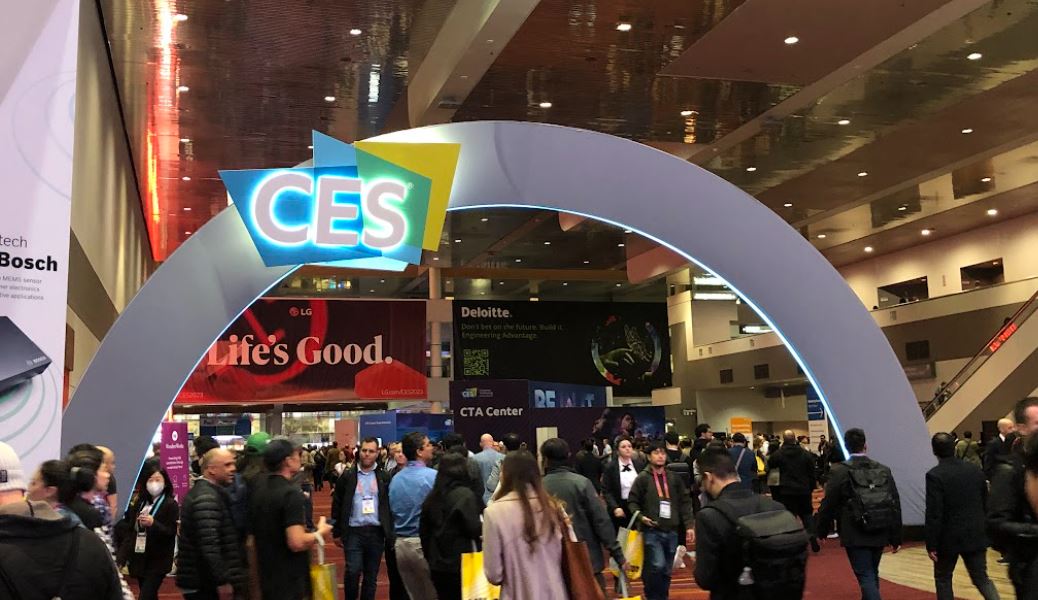After months of planning and a week in Vegas, another CES is in the books.
But whether you left the show with momentum to spare or your CES appearance never quite picked up steam, there are steps you can take now to wring as much value as possible out of your CES appearance.
Played right, CES can be the rocket that powers your company to media coverage and success throughout the entire year. Don’t miss this opportunity.
Here are three things every company should be doing now that CES is over.
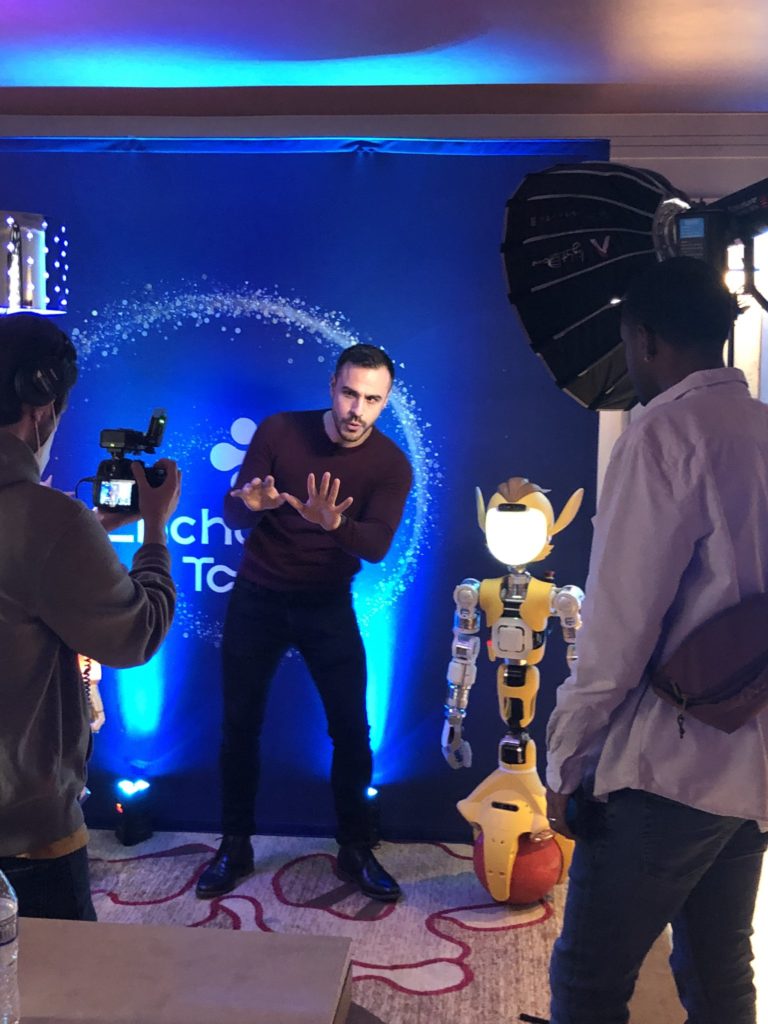
1. CEMENT YOUR NEW RELATIONSHIPS WITH REPORTERS
For many exhibitors, CES is about scoring publicity when technology coverage is at its apex, as well as meeting and creating relationships with reporters for future opportunities.
CES offers the rare chance to open a direct conversation with the media, but it’s up to you to keep the dialogue going over the weeks and months ahead.
Send reporters any requested material ASAP. If reporters were interested enough in your product to request spec sheets, product photos, or other materials, they are more likely to write about it. If you haven’t already, be sure to get reporters what they need ASAP. Hopefully if a reporter was on a tight deadline, you’ve already filled their request.
Different media operate on different timelines, and it’s important to know your contacts and their work. Many media outlets don’t want stories that are more than 24 hours old, while others might cover your product as much as a week later. Either way, help reporters tell their story by getting them what they need.
Follow up the week after the show. If you had a good conversation with a reporter at the show but there’s no immediate story opportunity, be sure to follow up. Thank them for taking the time to visit your booth, and offer again to provide any additional information they might need.
The best timing for follow-ups will vary, but you’ll probably have the most success if you check in with reporters between Wednesday and Friday the week after the show.
Unless you have a compelling reason to do otherwise, follow up with the press by email. Most reporters view unsolicited and unscheduled phone calls as an unwanted interruption.
Make the most of media coverage. When coverage goes live, post and repost. The media moves in packs. If reporters see others covering your story, they might feel more comfortable doing the same, especially when deadlines are tight and there’s space and time to fill.
Also, members of the press now live and die based on traffic, whether they are on staff or freelance. If you help promote their articles and bring them new readers, many will notice and appreciate the effort. And they will be more likely to cover your products again in the future.
2. ANALYZE HOW MEDIA COVERED THE SHOW
If you’re looking for more media coverage at CES next year, it can be helpful to better understand how the media approached the show and what caught the most attention.
Look at when interest in CES coverage peaked. The NewsWhip Daily newsletter shared two charts that show when articles about CES were most shared and when media were publishing the most articles about the show.
While media coverage peaked early, with the most articles published on the first day of the show, shares of articles were highest on the last day of the show, with a slightly lower peak on the first day.
It’s important to note that the last two days of the show fell on a Saturday and Sunday this year. Next year, the show takes place Tuesday through Friday, which could change the dynamic.
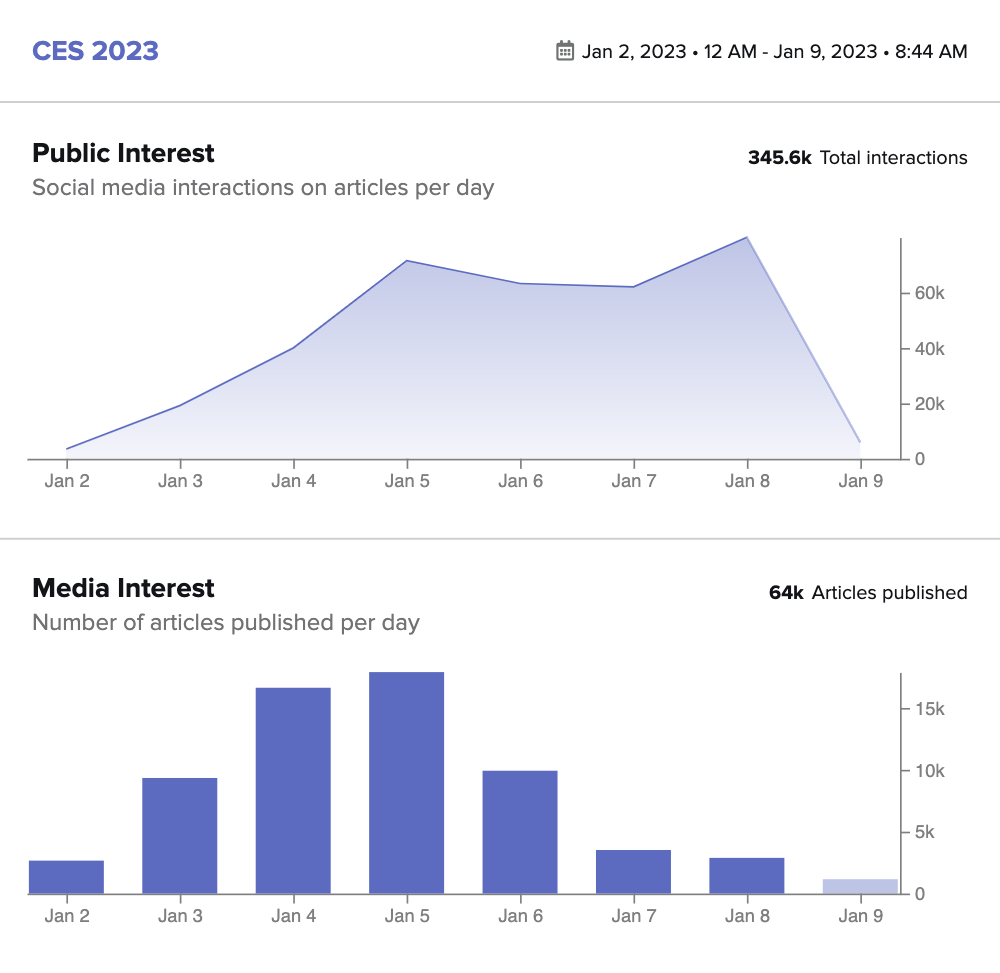
Look at what topics drew the most attention. According to NewsWhip, the top two most-shared articles about CES were actually from the Samsung newsroom, including a virtual tour of the company’s CES booth and an interview with executives on their plans for the show.
While that might be more difficult for a smaller company to replicate, think about how you could garner more engagement and attention for your news next year through social media, content, or other strategies.
Among the other top articles, NewsWhip notes that “vehicles tended to dominate the coverage, with more than half of the top articles being about either cars or bikes.”
While it’s hard to predict where the media will focus their attention, keeping track of bigger trends — like the growing variety of electric and increasingly autonomous cars — can help you connect your product to a bigger story media want to tell.
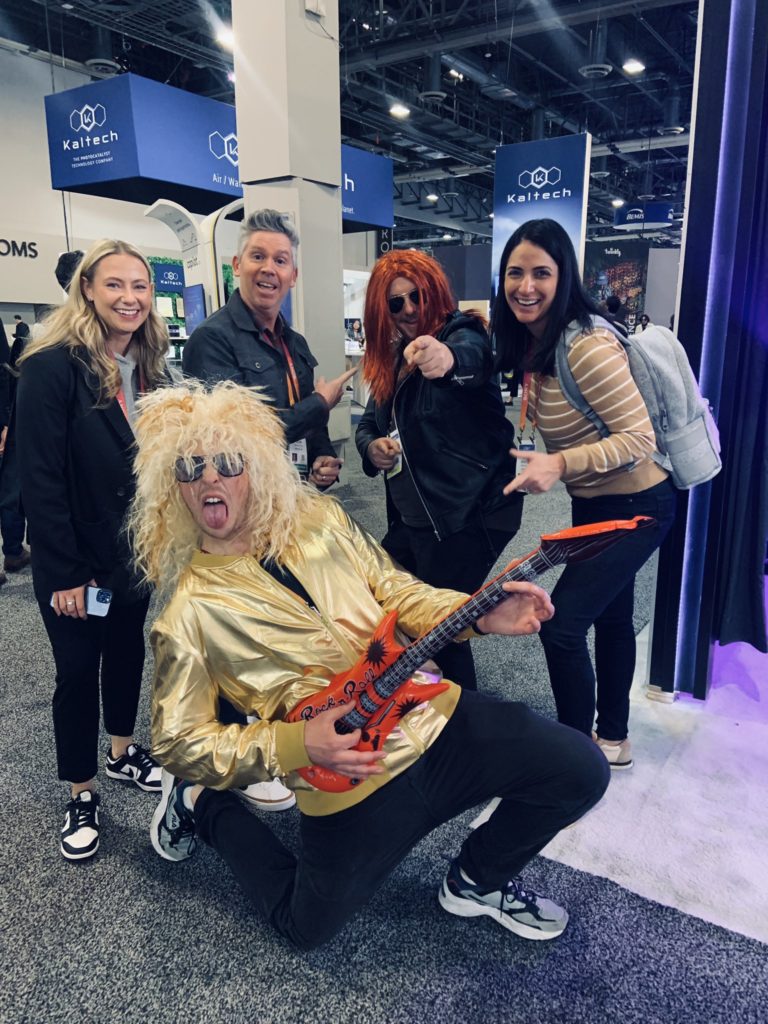
3. DEBRIEF YOUR TEAM ON WHAT WORKED AND WHAT DIDN’T
Before CES recedes too far in the rear-view mirror, assess how the show went and pool ideas for next year. Write down your own thoughts and gather your team for a full debrief.
Here are a few questions to get the conversation started:
How successful were pre-show appointments? Did the media show up?
What results did we see from the evening events? Are we happy with how much face time we got with media at CES Unveiled, Pepcom Digital Experience!, and/or ShowStoppers?
Was our booth effective at attracting attention? What could we change about the design or how the products were displayed to better attract media?
Did our messaging strike a chord? How did media respond to the story we were telling at the show?
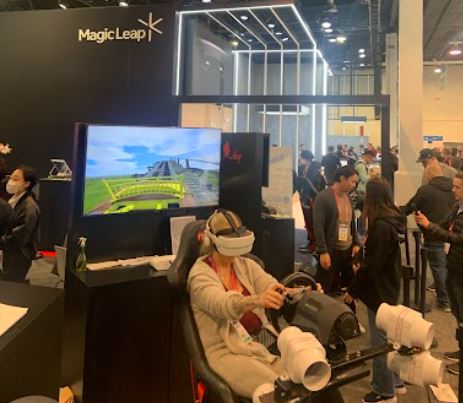
By the time you evaluate the follow-up efforts and compile the shared experience of your team members, you will be well on your way to planning your next CES campaign.
BUILD YOUR CES MOMENTUM
While returning from CES always involves a bunch of catch up — and in some cases, some well-deserved time off — don’t leave the show in the rearview mirror.
The CES exhibitors who see the most, and the longest-lasting success from their time at the show are those who take the initiative to keep the ball rolling, prioritize their follow-up, and deepen their connections with the reporters covering their space.
Done right, CES can provide ample momentum for the months ahead.
Whether you earned the CES media coverage you wanted or simply started some conversations with reporters, working with a PR firm can amplify your efforts and build on any media coverage or awareness you saw at the show. Get in touch and let’s talk through your post-CES goals.
